Brigadier General Pendleton served in the Dominican Republic until October 1918. He was followed by a succession of fine Marine officers, including: Brigadier General Ben H. Fuller
[1], Brigadier Logan Feland
[2], and Brigadier General Charles G. Long
[3]. They each served in command for about one year. Brigadier General Harry Lee
[4] replaced long in August 1921, serving until the Marines were withdrawn in 1924.Despite a plethora of exceptional accomplishments by Marines in the Dominican Republic, they were not then (and are not now), free of chinks in their armor. One of the problems shared among senior officers in the DomRep was a shortage of junior officers, and of those who they did have, a scant few who were prepared to lead Marines during an insurgency war. According to one company commander, in late 1918 he was stationed in the hills of eastern Santo Domingo with only two lieutenants for 150 enlisted men. He was forced to relieve one of these lieutenants from duty in the field due to officer misconduct. We don’t know what that misconduct was, and it may not be important. He may have thought that as a lieutenant, he knew more about leadership than his sergeant, which is almost never the case —even today.
The caliber of enlisted Marines serving in the DomRep also changed over time. Initially, the NCOs were old salts; men who had served in the Spanish-American or Philippine Insurrection. These were often tough old bastards who liked to drink but were always able to carry out their duties with courage and intellect.
After the commencement of a military draft in 1917, not all enlisted men had the temperament needed for independent duty. In fact, some of these Marines were so poorly trained that they were dangerous to themselves and their fellow Marines. Serving in the 15th Regiment was a First Lieutenant (temporary captain) named Edward A. Craig [5]. When Craig joined his company in 1919, he found his men lacking in certain areas of fieldcraft, in marksmanship, in discipline, and in ability. To correct this deficiency, Captain Craig gathered together two experienced NCOs and told them to “fix the damn problem with these Marines.” They did, and Craig’s company later distinguished itself in the Dominican country side. There is no substitute for good NCO leadership.
And then there were the Marines who volunteered for service in World War I only to find themselves assigned to a Dominican backwater. They were a disgruntled lot and didn’t care who knew it. All of these Marines lived in the field —very few of them getting to pull liberty in Santo Domingo City. Their homes were the villages and small towns. They lived in primitive tent camps or in insect-infested native huts. Their rations were meager, consisting mostly of canned meat, vegetables, bacon, flour, and other nonperishables. Typical of Marines even today, they often traded their government rations with natives for fresh eggs and chickens, if the poor natives had any to spare. Occasionally an enterprising Marine encountered a cow being held against its will and liberated it.
Food and water became a serious problem during extended patrols. Marines took with them food and water rations, of course, but if these ran out the Marines were forced to forage for food on their own. Even with hunger pangs, the Marines were always mindful of not taking food from the mouths of local native —but one does have to survive. And, despite Colonel Pendleton’s stern letter about what he expected of his Marines, those who served in the countryside sometimes engaged in illegal activities —the things Pendleton expressly forbade. A few Marines extorted money and goods from the natives, made arbitrary arrests, fought with civilians or among themselves, and stealing government property sold it to the natives. Whenever Marines were caught doing such things, they were court-martialed and severely punished.
Captain Charles F. Merkel was accused of severely beating and disfiguring a native prisoner, and for ordering four other Dominicans shot near Hato Mayor in the Eastern district. Major Robert S. Kingsbury conducted an investigation and based on his findings of fact, arrested Merkel and confined him to quarters awaiting trial. Merkel took his own life before trial.
Clearly, however, most Marines acquitted themselves with honor and distinction during the occupation of the Dominican Republic. They were well-disciplined, law-abiding, and they discharged their duties at levels at or above their pay grade under the most difficult of conditions. They exhibited skill, patience, and esprit-de-corps in the fulfillment of suppressing banditry, training native constabulary, and civil administration.
Throughout the Marine Corps experience in the Dominican Republic, hardly a month went by when there wasn’t a clash between Marines and “bandits.” Back then, “bandit” was a label attached to anyone suspected of being an enemy —much in the same way Marines applied the label “VC” to Vietnamese civilians (whether or not true), if they looked at a Marine with hateful or suspicious looks. A civilian may think that suspicion is a horrible way to live your life —and this may be true— but Marines aren’t paranoid when people really are trying to kill them.
In the DomRep, bandits were not homogeneous. Some were highway men (gavilleros), others were politicians who used natives to advance their own ambitions. Some were unemployed laborers whose level of poverty drove them into a bandit camp. Some were common peasants pressed into service. And then there were the professional criminals: murderers, kidnappers, and thieves. Most of the Dominican people were none of these.
Bandit bands seldom ever exceeded around 200 in number; most around 50 in number. They robbed and terrorized rural communities, extorted money, confiscated ammunition, stole supplies from the sugar plantations, and some even had the courage (or stupidity) to attack a Marine patrol. For the Marines, the bandits seemed ever present. It was stressful duty. And while many of the bandits were little more than hoodlums, there were also quite dangerous warlords. When bandit groups of any size believed that they had an advantage over the Marines, they would fall upon them with machetes and knives. Marine rifle and machine gun fire usually worked to discourage such attacks, but not always.
 In addition to courageous skill in the combat arms, the Marines had another advantage: Marine Aviation. The 1st Air Squadron joined the occupation force early in 1919. The squadron commander was Captain Walter E. McCaughtry, a pilot of some skill who had risen from the warrant officer ranks. Initially, the squadron was equipped with six JN-6 (Jenny) bi-planes. Air operations began from an airstrip hacked out of the dense jungle near Consuelo, 12-miles from San Pedro de Macoris. When the squadron was moved to a field outside Santo Domingo City, it was re-equipped with DeHaviland (DH)-4Bs. The DH-4B was a single engine, two-seat bi-plane improved from World War I day bombers. It was sturdy, maneuverable, and versatile.
In addition to courageous skill in the combat arms, the Marines had another advantage: Marine Aviation. The 1st Air Squadron joined the occupation force early in 1919. The squadron commander was Captain Walter E. McCaughtry, a pilot of some skill who had risen from the warrant officer ranks. Initially, the squadron was equipped with six JN-6 (Jenny) bi-planes. Air operations began from an airstrip hacked out of the dense jungle near Consuelo, 12-miles from San Pedro de Macoris. When the squadron was moved to a field outside Santo Domingo City, it was re-equipped with DeHaviland (DH)-4Bs. The DH-4B was a single engine, two-seat bi-plane improved from World War I day bombers. It was sturdy, maneuverable, and versatile.
In December 1920, 1st Air Squadron received a new commanding officer, Major Alfred A. Cunningham —the Marine Corps’ first aviator. Cunningham had organized and led the 1st Marine Aviation Force in France during World War I. He was transferred to the DomRep after serving as Director of Marine Corps aviation. Cunningham was later replaced by Major Edwin A. Brainard, who remained with the squadron until the end of occupation duty. 1st Air Squadron had an average strength of 10 officers and 130 enlisted men. It took a lot of men to keep six aircraft operational.
Flying combat missions in the Dominican Republic was no piece of cake. Mountainous terrain made flying conditions difficult and dangerous. With a lack of airfields, an in-flight emergency could produce disastrous results. At this time, there were no navigational aids and the difficulties of aircraft maintenance were complicated by the logistics train.
On 22 July 1919, Second Lieutenant Manson C. Carpenter and his observer/rear gunner, Second Lieutenant Nathan S. Noble undertook a mission communicated to them by telephone of a skirmish near Guaybo Dulce. A Marine patrol reported 30 mounted bandits fleeing across an open meadow. Carpenter conducted a strafing attack, diving from an altitude of about 100 feet and then maneuvering in such a way that brought both his front and rear cockpit guns to bear. As Carpenter climbed to regain altitude before beginning another run, the bandits scattered into the tree-line. During his second pass, Carpenter counted six bodies. It was a successful mission —but the truth is that these kinds of engagements were rare. There were no sophisticated air-to-air/air-to-ground communications —and this meant there was also no transmission of timely intelligence, no coordination of field operations. But this was in the early stages of Marine Aviation and all of this would change in the not-too-distant future.
Marine Aviation’s greatest value lay in its support role. 1st Air Squadron carried mail and passengers from major cities to outlying districts and towns. They also delivered much-needed supplies to remote units and evacuated wounded Marines —the first application of aeromedical evacuation. By 1922, Marine aviators were helping ground commanders control operations in widely dispersed areas by dropping messages to them from the air and keeping the regimental headquarters informed of the whereabouts of ground elements. Marine pilots also conducted aerial surveys of the Dominican coastline, mapping important rivers, and developing photographic maps. The regiments also sent newly arrived company officers up in planes to orient them to the areas they would later patrol on foot. Dominican operations were significant, too, in another respect: they enabled the Marine aviators to demonstrate their value to Marine ground forces. DomRep was the birthplace of the Marine Corps Air-Ground team.
In mid-1922, the 2nd Brigade commander summarized operations since 1916. His report concluded that the Marines had engaged with bandits on 467 occasions. Bandit losses exceeded 1,100 killed or wounded, with Marine loses of 20 killed and 67 wounded. Most of these contacts transpired from within the Eastern District. With the passage of time, bandits became more difficult to engage because they rarely attacked Marine security patrols. It was easier (and safer) for bandits to focus their attentions on unarmed peasants. The problem for Marines were three: (1) a paucity of accurate and timely intelligence; (2) a lack of communications with and among scattered units —noting that field radios were sent to the Marines in late 1921; (3) the absence of effective planning and coordination of security patrols. Normally, regimental headquarters had no clear idea where their Marines were located. Frequently, patrols from two or three commands were discovered operating in the same area, each of these unaware of the other’s presence.
By 1921, senior Marine commanders realized that time was running out and they still had not solved the bandit problem. Brigadier General Harry Lee wanted to step up ground operations. Colonel William C. Harllee [6], then commanding the 15th Regiment, launched a systematic drive to finish off the bandits operating in the Eastern District. Between October 1921 and March 1922, Harllee employed his entire regiment, reinforced by the newly created Policia Nacional, in a series of large-scale cordon operations in Seibo and Macoris. Harllee’s scheme involved a series of encirclements that were coordinated through the use of newly received field radios and air-dropped messages.
Harllee’s search and destroy maneuvers dispatched more than a few bandits and netted 600 or so “suspected” bandits. General Lee halted the cordon operations, however, because they proved unpopular with the local peasantry. Harllee reverted to security patrols, better coordinated by the introduction of field radios, and these resulted in seven enemy engagements.
In March 1922, General Lee implemented the formation of “home guard” units at Consuelo, Santa Fe, La Paja, Hato Mayor, and Seibo. Home guard units consisted of around 15 men each, accepted for service upon the recommendation of municipal officials. They were generally men who had suffered depredation at the hands of bandits and were therefore eager to serve their communities. Trained, armed, and led by Marines, home guard units patrolled their own localities. Two or three Marines armed with automatic weapons reinforced home guards units. General Lee’s plan was the precursor to Combined Action Platoon (CAP) operations used in the Viet Nam War.
Between 19-30 April 1922, home guard units effectively destroyed six bandit groups. General Lee believed that these home guard units, more than any other single factor, broke up banditry in the Eastern District. In late April, prominent Dominicans acting under the authority of the Military governor negotiated the surrender of one of the more prominent bandit leaders. Subsequently, seven more of these brigands surrendered to the Marines —along with 170 of their followers. In exchange for voluntarily surrendering, they received suspended sentences so long as they maintained good behavior. In June 1922, General Lee reported that all banditry in the Eastern district had ceased. The Dominican Republic was pacified.
With the success of anti-bandit operations, the Marines could then concentrate on the training of an efficient national constabulary. It was a necessary step in safeguarding all the hard work that had been theretofore accomplished. Previously, the Dominican Guardiahad been untrained, prone to loyalty toward charismatic leaders rather than to their duly elected national authority. Most, if not all, Guardia officers were corrupt. Those who shared their booty with their men were most popular of all. More than this, Guardia officers were too easily persuaded to become the useful tools of corrupt politicians. It was President Henriques’ refusal to accept the creation of an American-trained constabulary that led to American occupation to begin with. Corruption was so deeply engrained that the only possible solution was to completely disband the Guardia.
This was accomplished on 7 April 1917, when the military governor created a new national police force, called the Guardia Nacional Dominicana (GND). The GND replaced the Dominican Army, Navy, Guardia Republicana, and frontier guard. The GND would be staffed with 88 officers and 1,200 enlisted men. Initially, the GND was placed under the command of a Marine officer, who answered to the Commanding General, 2nd Brigade. Over time, the GND created its own headquarters staff and territorial organization, which paralleled the organizational structure of the Marine brigade. One company of GND was assigned to each province. In 1920, half of the GND’s officers were still U. S. Marines, officers and NCOs [7] who accepted Dominican commissions. Developing native officers was a long process of reforming attitudes and teaching them good leadership principles. Culture (corruption) was always an impediment to this process.
The GND enlisted force was entirely composed of natives. They earned $17.00 per month, which was a hefty amount of money considering that they were accustomed to working for twenty-five cents per day, or around $7.50 per month.
Part of the difficulty of training the GND was the frequent reassignment of its senior (Marine) officers. Generally, assignment to the GND involved a seven-month rotation. Added to this, all Marine officers were overloaded with additional duties. Under these circumstances, combined with rapid deployments of GND forces to deal with bandits in outlying areas, effective training was significantly impaired. Budget cuts were another stopgap to effective training. At one point in 1921, the GND was reduced by 346 men simply because there was not enough money to pay them. Arming the GND was another problem —that and providing them with horses and motorized transportation.
Despite so many handicaps, the GND ably assisted US Marines in their campaign against banditry and then taking pacification to the next level: security for all. In 1921, the United States committed itself to an early withdrawal from the Dominican Republic. Marines intensified their efforts to develop the GND into a fully professional force. The GND was renamed Policia Nacional Dominicana (PND) to emphasize the character and mission of the organization. A new recruiting effort began, along with an effort to weed out less desirable veterans. By August 1922, the PND fielded a force of 800 men, its ceiling remaining at 1,200.
No one did more to guarantee the success of the PND than Lieutenant Colonel Presley Marion Rixey [8] who served as its commandant from 1921 to 1923. Rixey was a superb combat commander and administrator who served on the Brigade staff before assuming command of the PND. He transformed the PND into a highly mobile and strategically placed police agency and was responsible for the creation of two police training centers which included a five-month course of instruction for mid-level officers, including administration, tactics, weapons, topography, first aid, hygiene, and agriculture.
Training courses were also designed for enlisted men lasting two months. Training emphasized guard duty, discipline, personal cleanliness, hygiene, and marksmanship. An emphasis on marksmanship gave the PND a distinct advantage over bandits and other criminals. Marines worked hard to inculcate unit pride and esprit de corps with emphasis on winning the confidence of the Dominican people, treating them fairly and consistently, offering them more than protection, but also justice.
Nevertheless, it had come time for the United States to return control of the Dominican Republic to the people. President Warren G. Harding, Wilson’s successor, worked to end the occupation —which was something he promised to do during his campaign for the presidency. In 1924, the Marines packed up and went home, leaving behind them a nation with a stable economy, a countryside free of bandits, and a national police organization capable of maintaining the peace. Would these police officials acquit themselves with honor and integrity?
 One of these young police officers was Rafael Leonidas Trujillo, who was in the first class to graduate from the academy at Haina. Trujillo was born near San Cristobal in 1891. Most of his youth was spent drifting in and out of minor jobs and petty crime. In 1916, he obtained a respectable job as a security officer on a sugar plantation. He was attracted to the exciting life, so in 1918, he applied for a commission in the GND. He was sworn in as a second lieutenant in January 1919. Stationed with the 11thGuardia Company at Seibo, Trujillo earned good efficiency reports from his superiors. On one occasion, however, he was placed under arrest for allegedly attempting to extort money from a civilian. These charges were dismissed before trial.
One of these young police officers was Rafael Leonidas Trujillo, who was in the first class to graduate from the academy at Haina. Trujillo was born near San Cristobal in 1891. Most of his youth was spent drifting in and out of minor jobs and petty crime. In 1916, he obtained a respectable job as a security officer on a sugar plantation. He was attracted to the exciting life, so in 1918, he applied for a commission in the GND. He was sworn in as a second lieutenant in January 1919. Stationed with the 11thGuardia Company at Seibo, Trujillo earned good efficiency reports from his superiors. On one occasion, however, he was placed under arrest for allegedly attempting to extort money from a civilian. These charges were dismissed before trial.
After graduation, Trujillo rose rapidly through the ranks of the PND. After the Marines departed the Dominican Republic, Trujillo was advanced from second lieutenant to major. In 1924, he was promoted to lieutenant colonel and assumed the post of chief of staff of the PND.
In the elections of 1924, the Dominican people elected Horacio Vásquez. Vásquez had cooperated with the American occupation force. He gave the Dominican Republic six years of stable and successful government, one in which political and civil rights were respected and the economy became vibrant in a country with a peaceful atmosphere.
Under Vásquez, Trujillo was advanced again to Colonel Commandant of the PND. In 1930, when Vásquez attempted another term as president, his political opponents made a deal with Colonel Trujillo. The deal was that Trujillo would stand back and do nothing if Rafael Estrella Ureña overthrew the Vásquez government. As promised, Trujillo ordered his men to remain confined to barracks as Ureña marched on the capital. After Ureña was proclaimed acting president, he appointed Trujillo to command the national police and armed forces. In this capacity, Trujillo announced himself as a candidate as Presidency of the Dominican Republic. During the “campaign,” Trujillo unleased his police and army forces to repress all political opponents. He was elected president unopposed, ascending to power in August 1930. Trujillo become the Caribbean’s longest-lived and more feared dictators. He was assassinated on 30 May 1961.
In February 1963, Juan Bosch was elected president of the Dominican Republic. He was overthrown on 24 April 1965. After nineteen months of military rule, the people revolted. US President Lyndon Johnson, concerned that communists may seize power and create a second Cuba, sent the Marines back to the Dominican Republic to restore order. As part of Operation Powerpack, Johnson authorized the US 82nd Airborne to occupy the DomRep. They were soon joined by a small military contingent from the Organization of American States. Foreign military forces remained in the DomRep for well over a year, departing after supervising presidential elections in 1966. President Joaquin Balaguer remained in power for 12 years.
In retrospect, the performance of the United States Military Government (of which the 2nd Marine Brigade was its most conspicuous agent) and the American policy of Caribbean intervention, remains controversial. By improving communications, transportation networks, promoting education and public health, and improving police and other government agencies, the Marines did much to establish an infrastructure for success. There was one failure, however. No matter how much money was expended improving local conditions, the United States Marines could not have created a stable Dominican democracy. This can only be accomplished by a people who most desire it and who have the means and the will to achieve it [9]. It is a lesson unlearned by modern American diplomats and senior military advisors in Washington, D. C.
Today, the Dominican Republic has the ninth largest economy in Latin America and the largest economy in the Caribbean/Central American region, bolstered by construction, manufacturing, tourism, and mining. The Dominican people have achieved what most other Hispanic societies in the Americas never have: a political environment within which a free and independent people may succeed.
Sources:
- Wiarda, H. J. and Michael J. Kryzanek. The Dominican Republic: A Caribbean Crucible. Boulder: Westview Press, 1982
- Diamond, J. Collapse: How Societies Choose to Fail or Succeed. Penguin Books, 2005
- Fuller, S. M., and Graham A. Cosmas. Marines in the Dominican Republic, 1916-1924. History and Museums Division, U. S. Marine Corps, 1974
Endnotes:
[1] Ben Hebard Fuller (1870-1937) initially joined the US Navy (1889-1891) and then served in the Marine Corps (1891-1934). His final post was Major General Commandant of the Marine Corps from 1930-1934. General Fuller was laid to rest next to his son, Captain Edward C. Fuller of the 6th Marines, who was killed in action during the Battle of Belleau Wood in World War I.
[2] Logan Feland (1869-1936) initially served in the Volunteer Infantry (1898-1899) and served as a US Marine (1899-1933). Among his several duty stations, General Feland served during the Spanish-American War, World War I, and several of the so-called Banana Wars. Feland retired as a Major General commanding the Department of the Pacific. He was a recipient of the Distinguished Service Cross (Army), Distinguished Service Medal (Army), Distinguished Service Medal (Navy), five Silver Star medals, and the French Legion of Honor.
[3] Charles G. Long (1869-1943) served in the USMC from 1891-1921. Major General Long served in the Philippine-American War, Spanish-American War, Boxer Rebellion, World War I, and during the so-called Banana Wars. General Long was the recipient of the Marine Corps Brevet Medal and the Navy Cross.
[4] Harry Lee (1872-1935) served in the Marine Corps from 1898-1933. Lee commanded the 6thMarine Regiment, Marine Barracks, Parris Island, Marine Corps Base, Quantico, and the 2ndProvisional Brigade while serving as Military Governor of the Dominican Republic. He served in the Spanish-American War, World War I, and during the so-called Banana Wars. Retiring as a major general, Lee was the recipient of the Navy Distinguished Service Medal, Army Distinguished Service Medal, Silver Star medal, and Legion of Honor.
[5] See also: Edward A. Craig—Marine.
[6] William Curry Harllee (1877-1944), referred to as Bo by his friends, was a large man who stood over 6’2” tall and weighed 200 pounds. His military service began with some difficulty. He was expelled from the Citadel for having accumulated excessive demerits, and later expelled from the U. S. Military Academy (where he ranked second in his class) for being too willful and too independent for military service. In 1899, Corporal Harllee distinguished himself during the Philippine Insurrection of 1899 while serving with the 33rdUS Volunteer Infantry. In 1900, he finished first among applicants for a commission in the U. S. Marine Corps. He was nearly court-martialed in 1917 for repudiating the “dead wood” in charge of the US military. Harllee was advanced to Brigadier General upon his retirement and is remembered as a no-nonsense, tough, and completely politically-incorrect ground officer. Harllee was laid to rest next to John A. Lejeune at Arlington National Cemetery.
[7] The GND officer corps also consisted of US civilians having a law enforcement background in the United States.
[8] Presley Marion Rixey (1879-c.1949) was the nephew of Rear Admiral Presley M. Rixey, USN, Surgeon General of the United States Navy and personal physician to Presidents McKinley and Theodore Roosevelt. Colonel Rixey served in the Marine Corps from 1900-1936 serving variously as Commanding Officer, 2nd Marines, 1st Marine Brigade, and Commander of the Legation Guard, Peking, China. Colonel Rixey’s son was Brigadier General Presley Morehead Rixey, USMC (1904-1989).
[9] Most Hispanic societies in the Americas continue to struggle —this has been the over-arching legacy of Spanish culture.
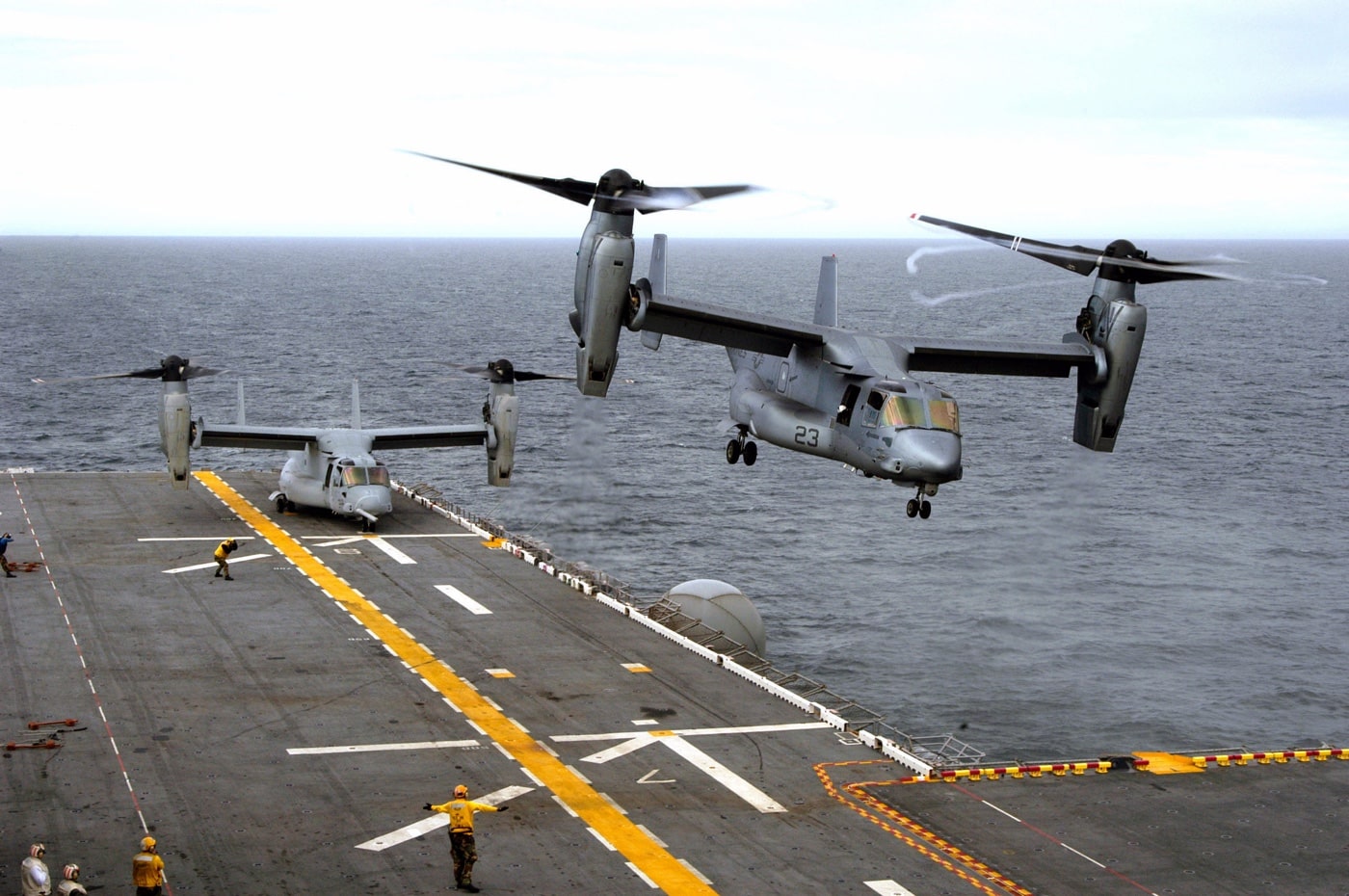
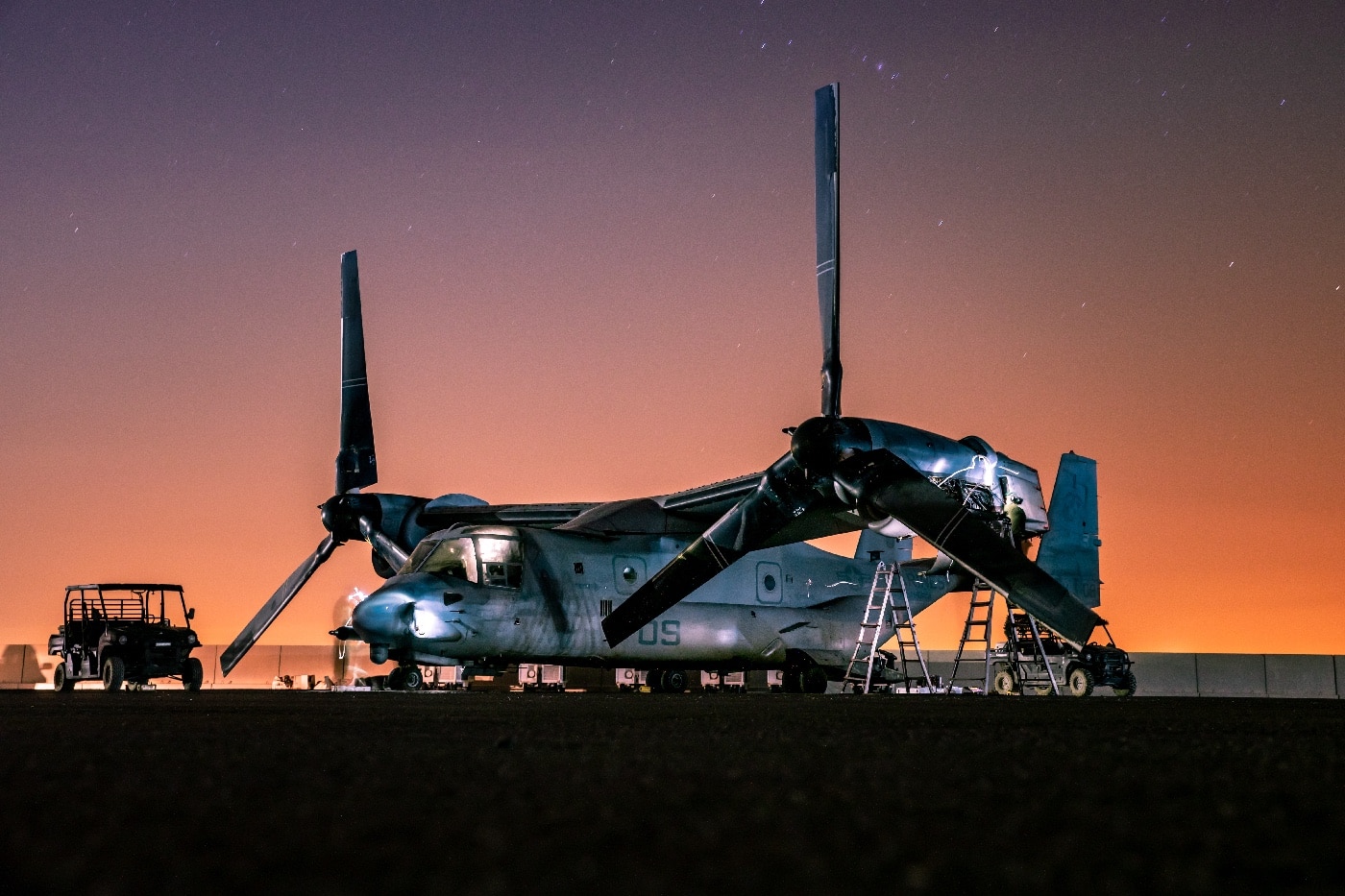
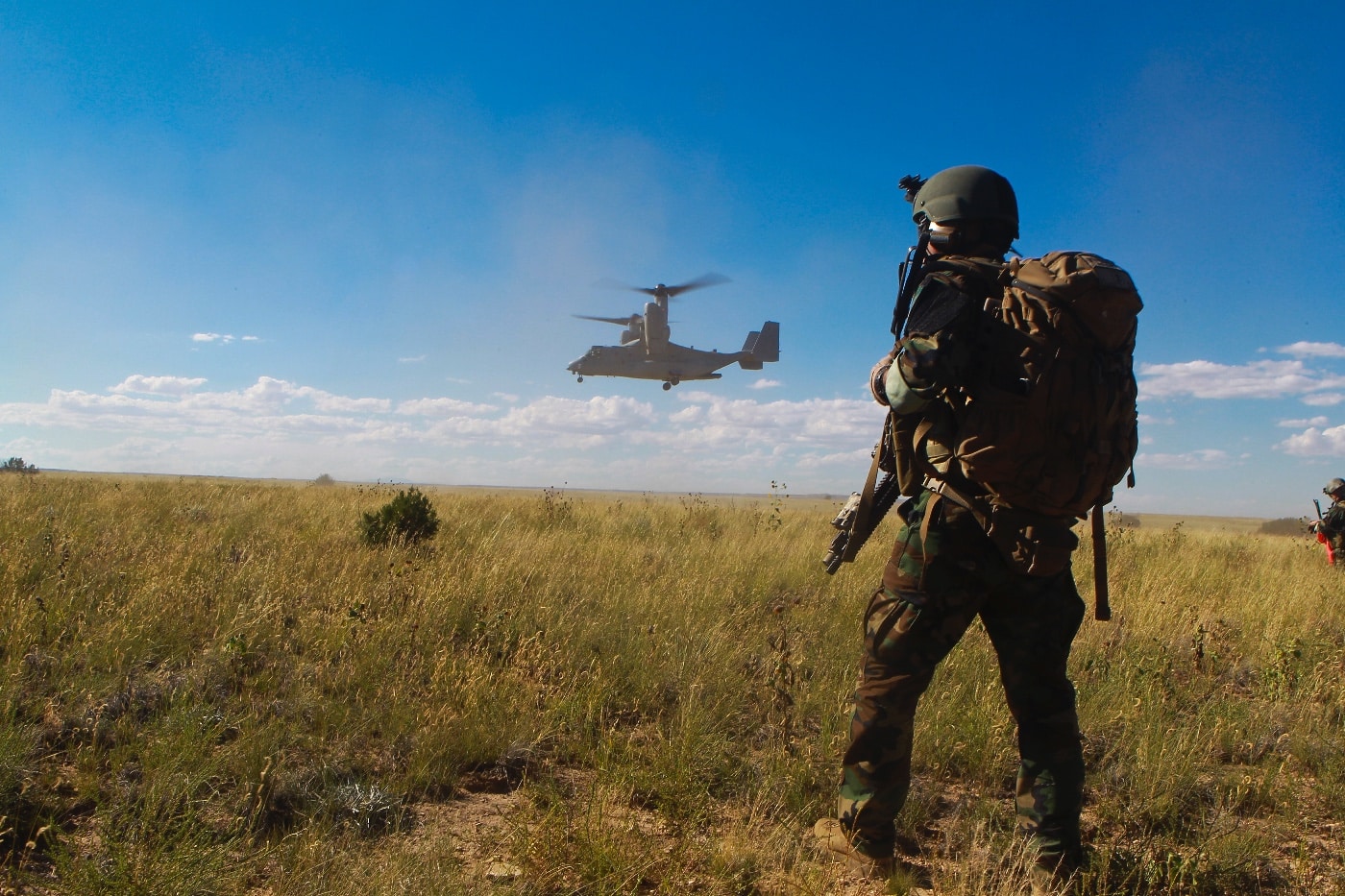
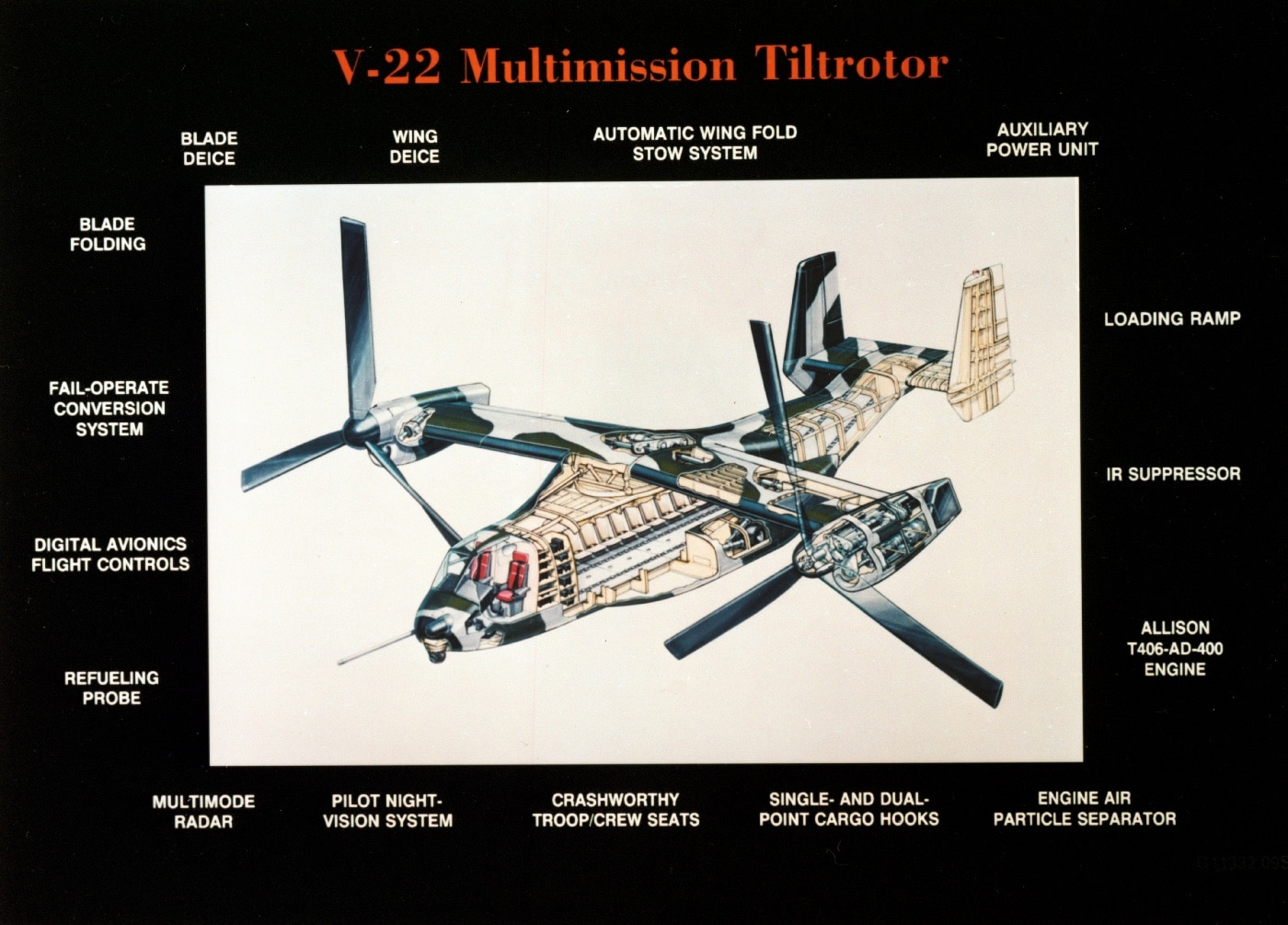
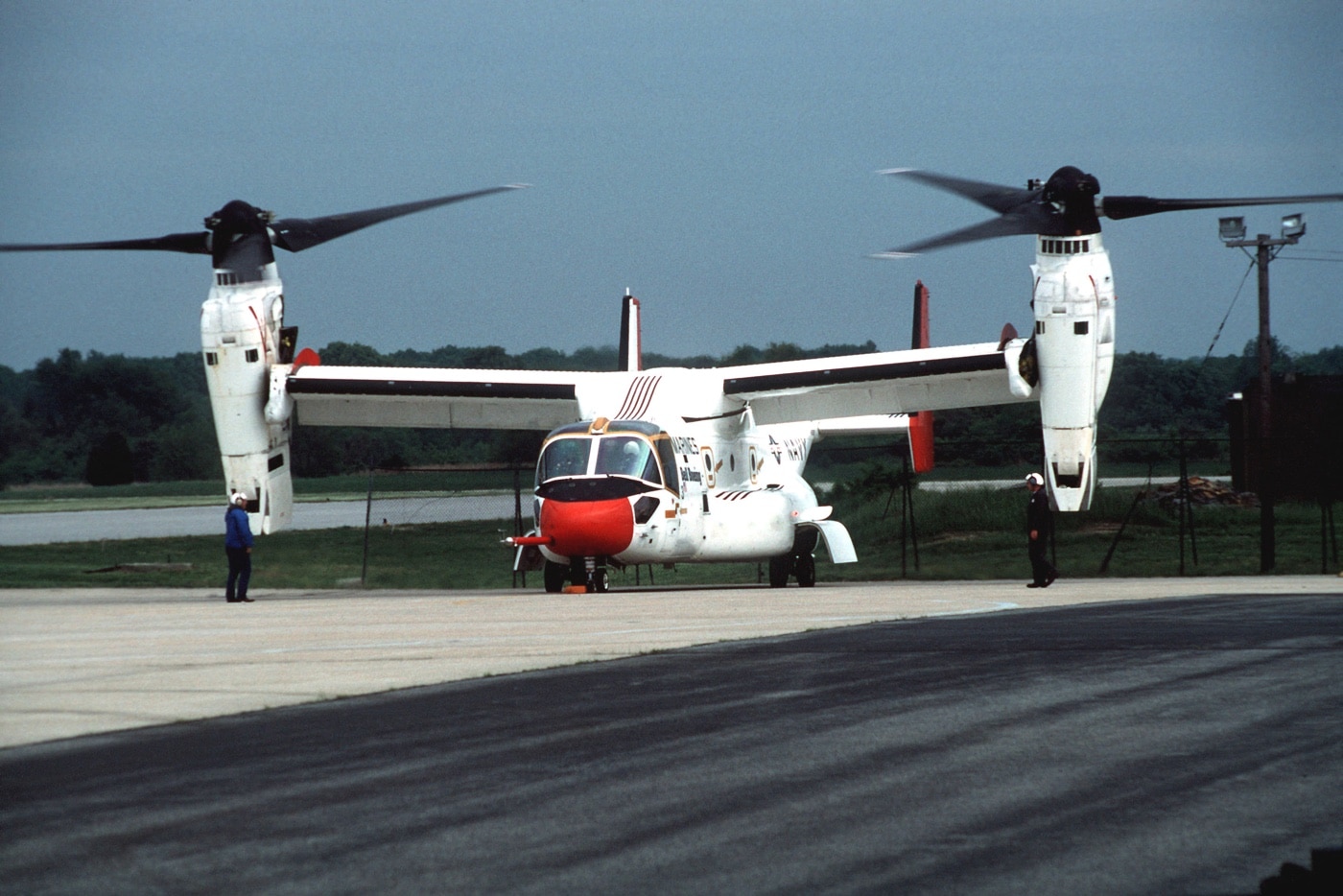
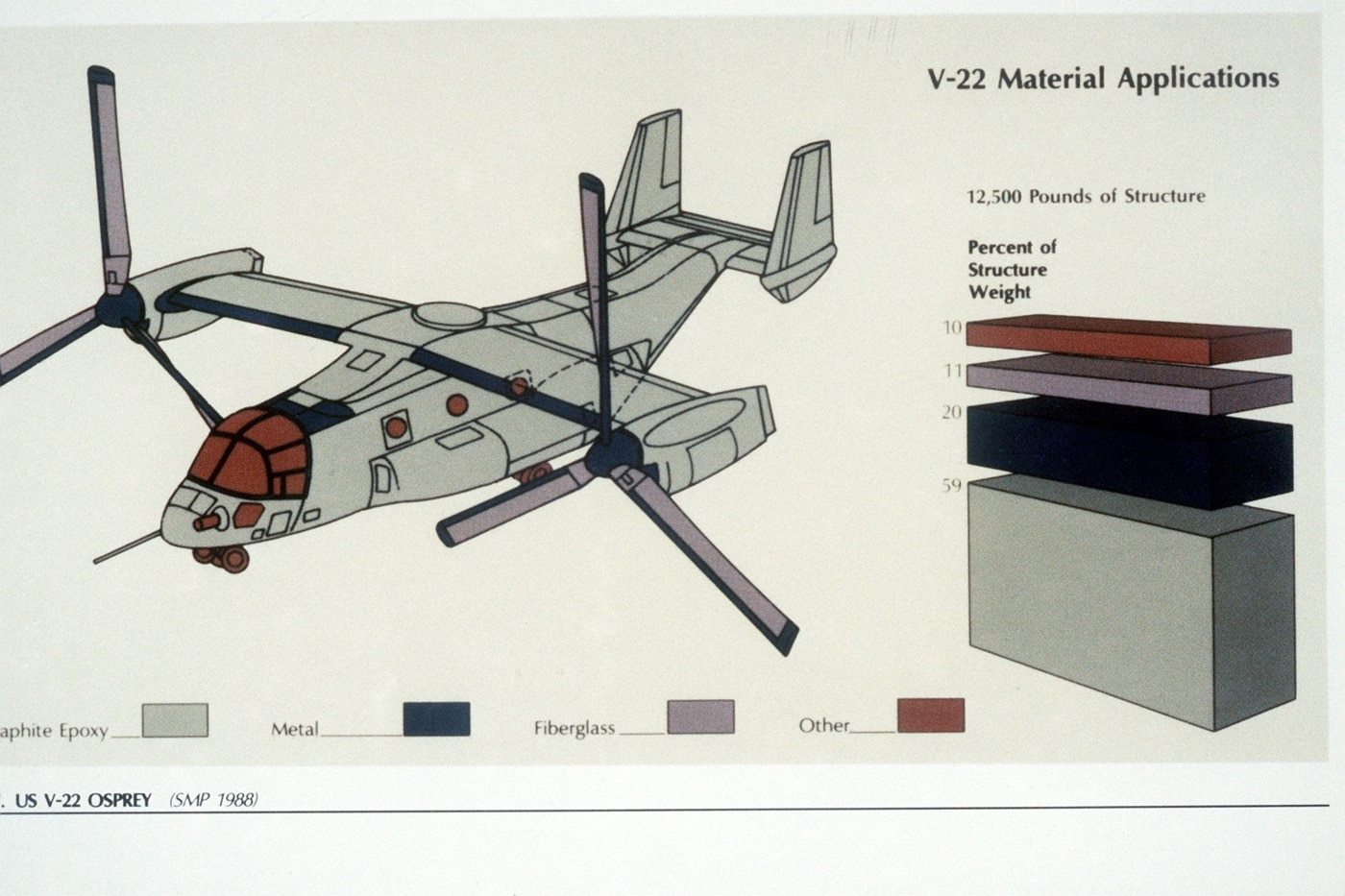

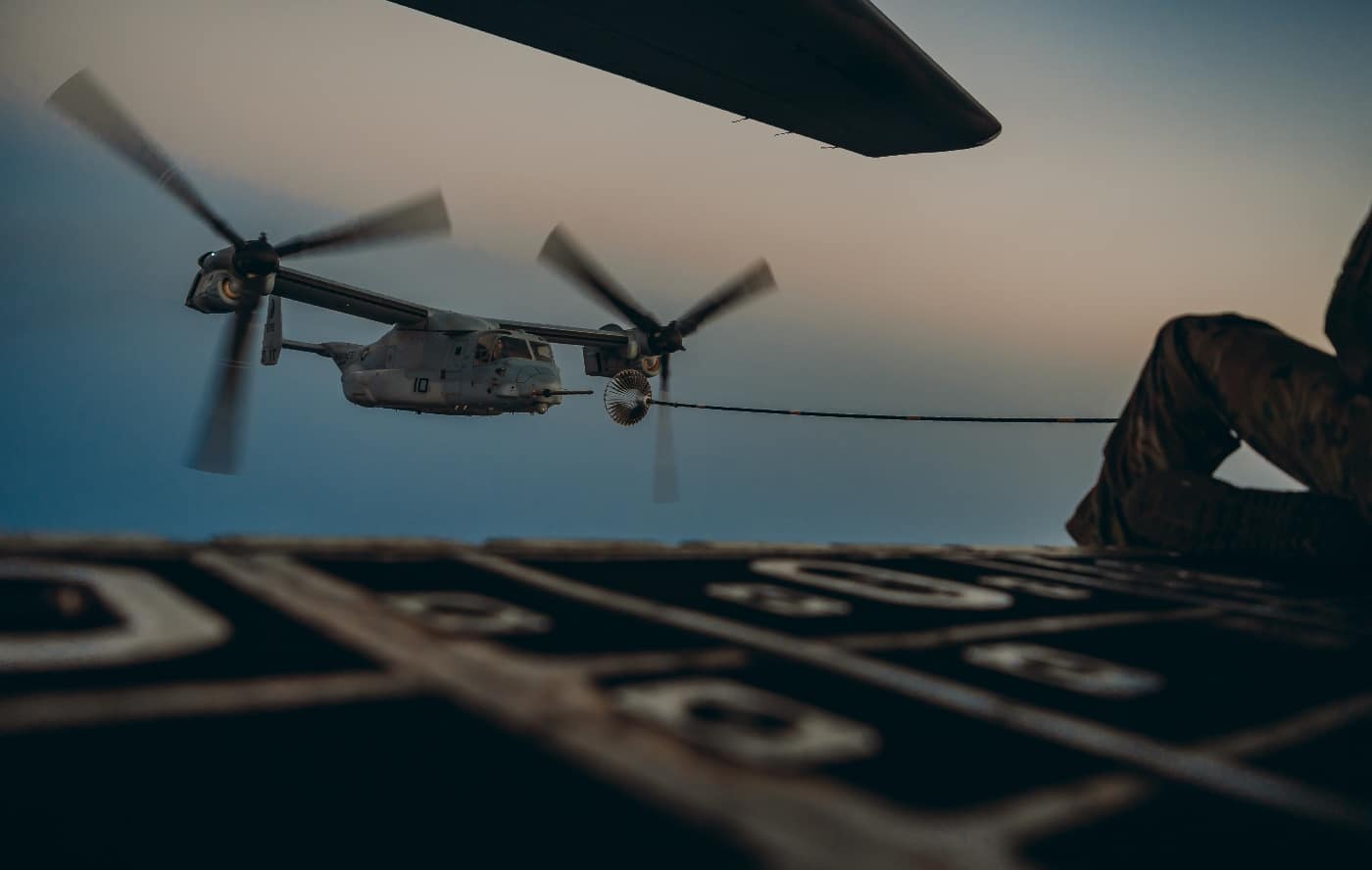
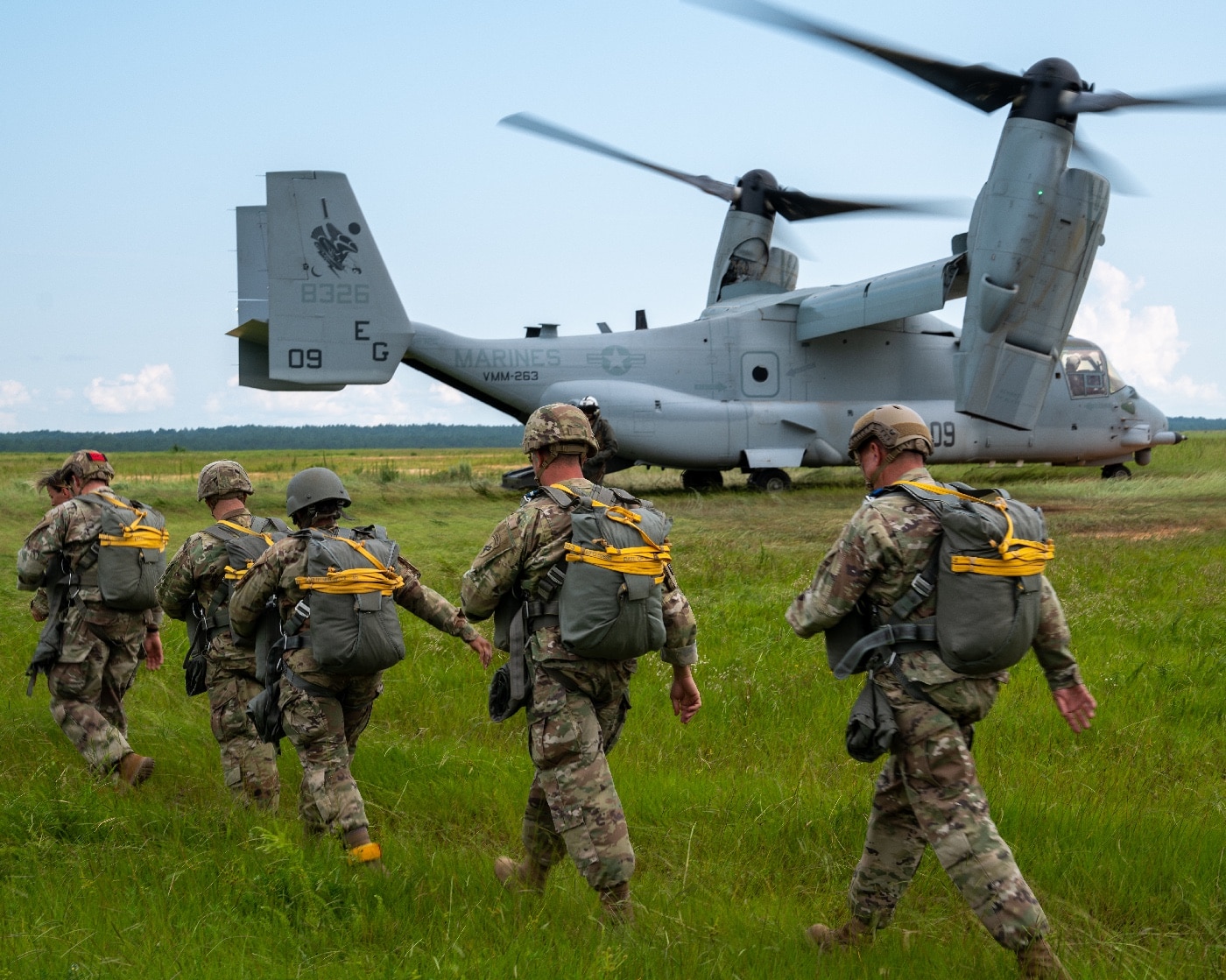
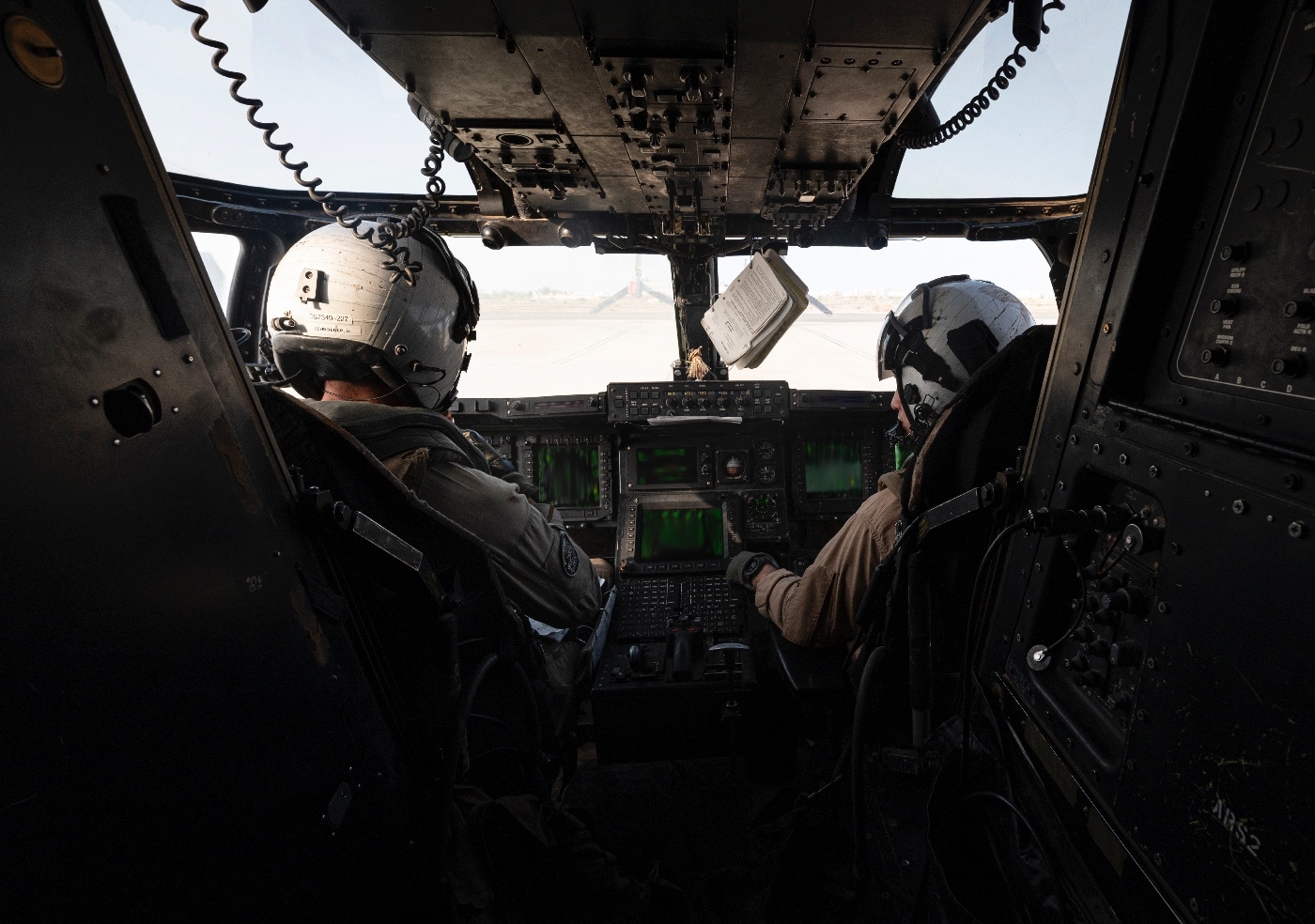





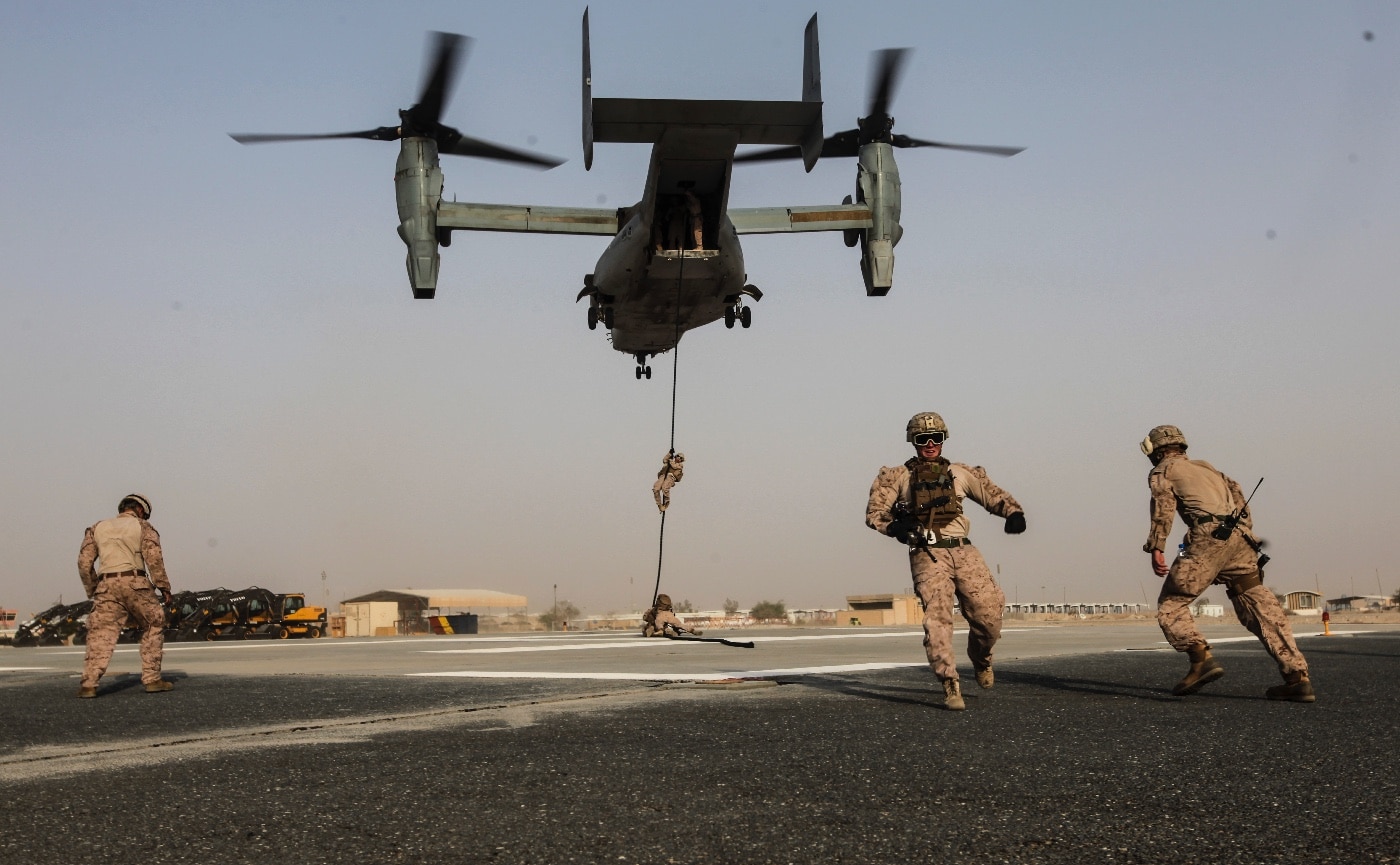
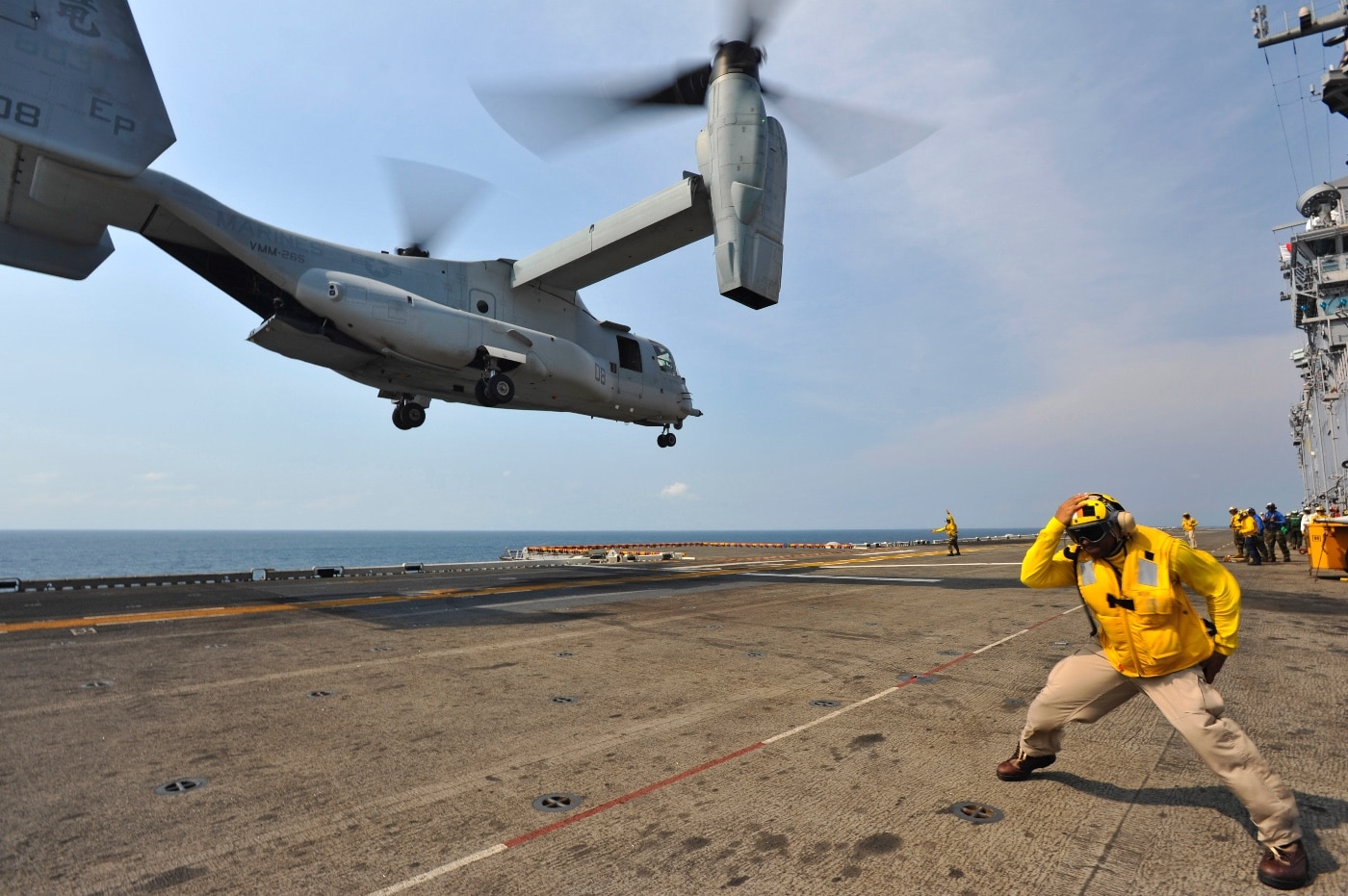
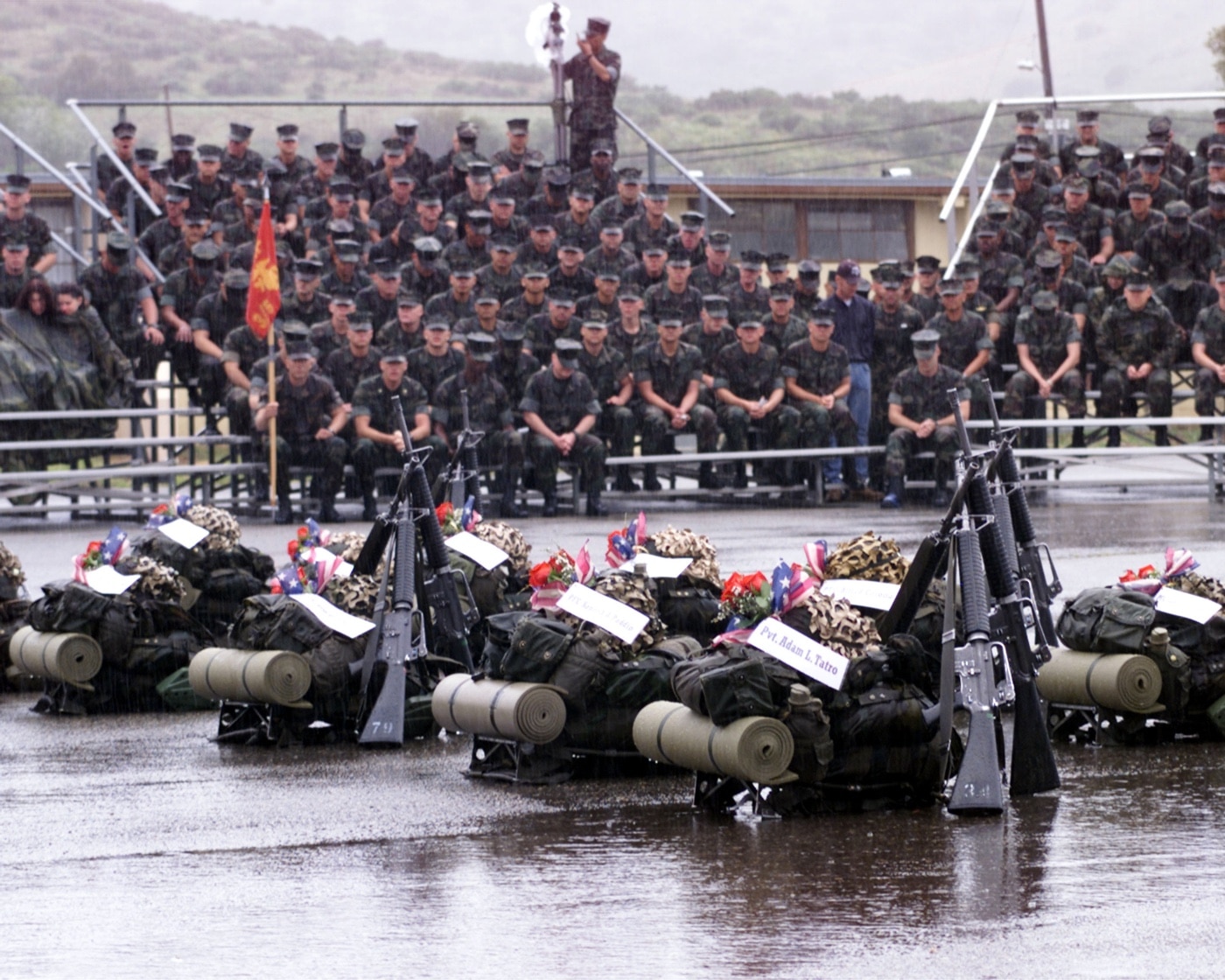
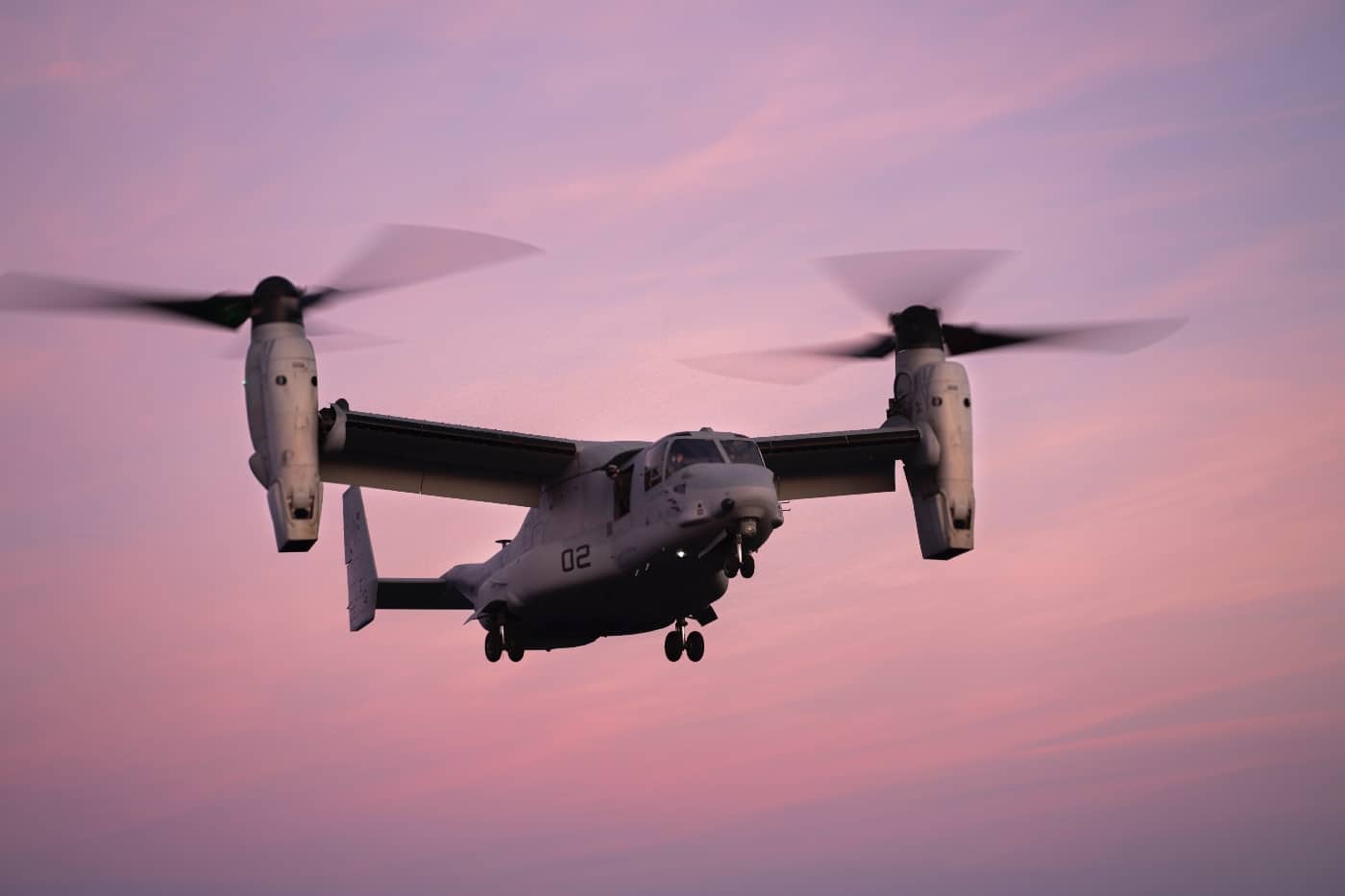
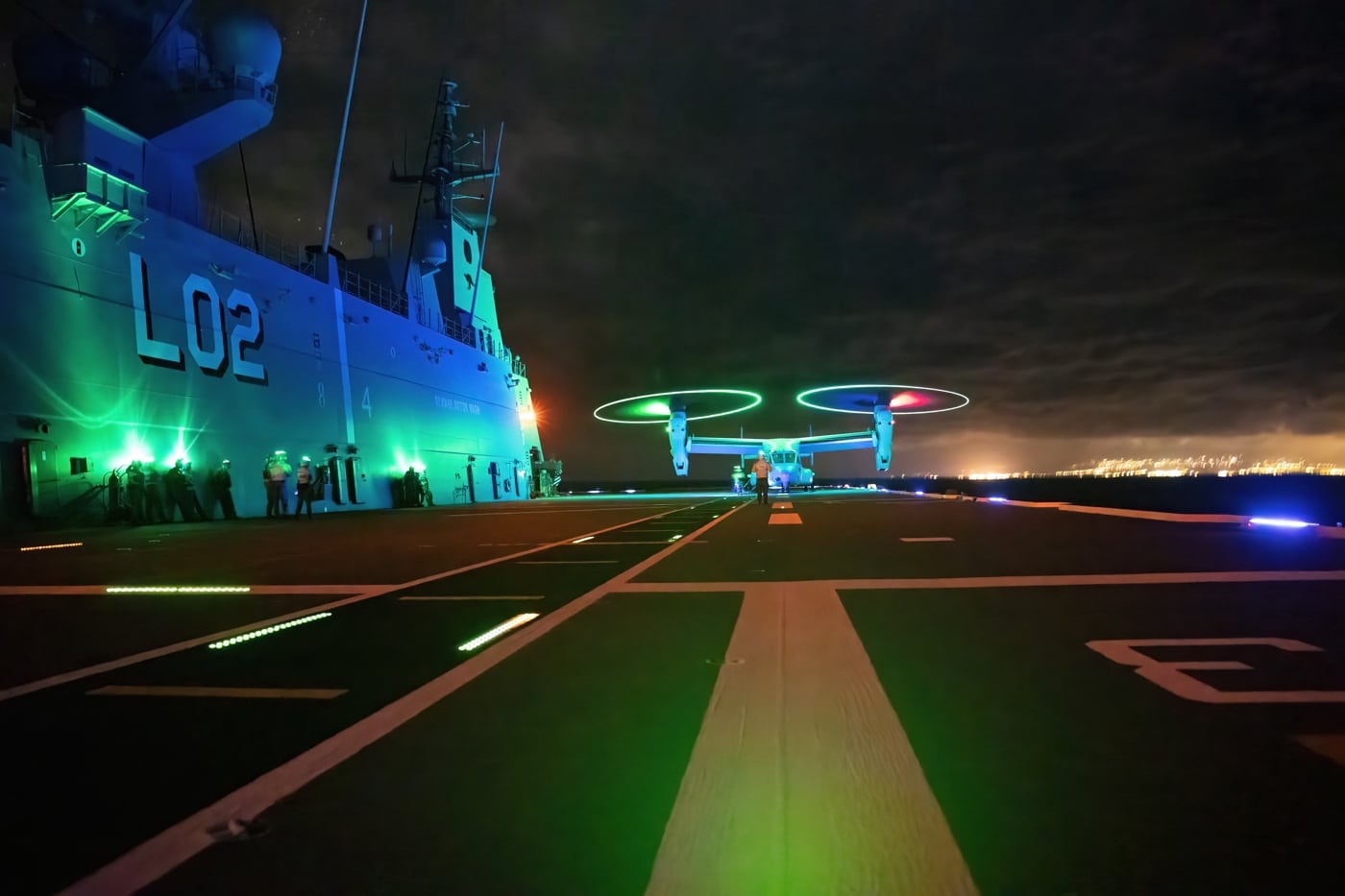

 In addition to courageous skill in the combat arms, the Marines had another advantage: Marine Aviation. The 1st Air Squadron joined the occupation force early in 1919. The squadron commander was Captain Walter E. McCaughtry, a pilot of some skill who had risen from the warrant officer ranks. Initially, the squadron was equipped with six JN-6 (Jenny) bi-planes. Air operations began from an airstrip hacked out of the dense jungle near Consuelo, 12-miles from San Pedro de Macoris. When the squadron was moved to a field outside Santo Domingo City, it was re-equipped with DeHaviland (DH)-4Bs. The DH-4B was a single engine, two-seat bi-plane improved from World War I day bombers. It was sturdy, maneuverable, and versatile.
In addition to courageous skill in the combat arms, the Marines had another advantage: Marine Aviation. The 1st Air Squadron joined the occupation force early in 1919. The squadron commander was Captain Walter E. McCaughtry, a pilot of some skill who had risen from the warrant officer ranks. Initially, the squadron was equipped with six JN-6 (Jenny) bi-planes. Air operations began from an airstrip hacked out of the dense jungle near Consuelo, 12-miles from San Pedro de Macoris. When the squadron was moved to a field outside Santo Domingo City, it was re-equipped with DeHaviland (DH)-4Bs. The DH-4B was a single engine, two-seat bi-plane improved from World War I day bombers. It was sturdy, maneuverable, and versatile. One of these young police officers was Rafael Leonidas Trujillo, who was in the first class to graduate from the academy at Haina. Trujillo was born near San Cristobal in 1891. Most of his youth was spent drifting in and out of minor jobs and petty crime. In 1916, he obtained a respectable job as a security officer on a sugar plantation. He was attracted to the exciting life, so in 1918, he applied for a commission in the GND. He was sworn in as a second lieutenant in January 1919. Stationed with the 11thGuardia Company at Seibo, Trujillo earned good efficiency reports from his superiors. On one occasion, however, he was placed under arrest for allegedly attempting to extort money from a civilian. These charges were dismissed before trial.
One of these young police officers was Rafael Leonidas Trujillo, who was in the first class to graduate from the academy at Haina. Trujillo was born near San Cristobal in 1891. Most of his youth was spent drifting in and out of minor jobs and petty crime. In 1916, he obtained a respectable job as a security officer on a sugar plantation. He was attracted to the exciting life, so in 1918, he applied for a commission in the GND. He was sworn in as a second lieutenant in January 1919. Stationed with the 11thGuardia Company at Seibo, Trujillo earned good efficiency reports from his superiors. On one occasion, however, he was placed under arrest for allegedly attempting to extort money from a civilian. These charges were dismissed before trial.